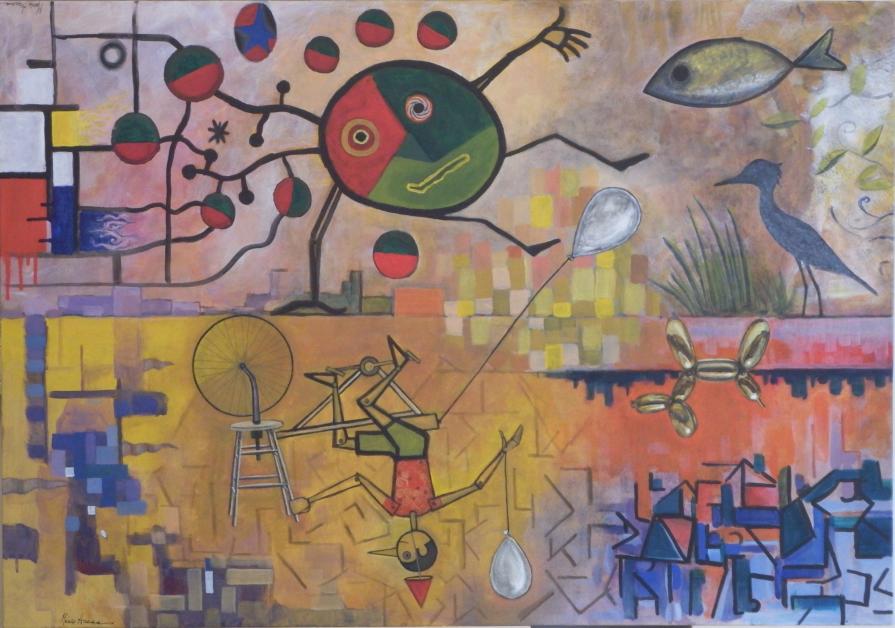
The amazing bicycle (La bicicletta straordinaria)
Picture 1: "Composition andante-adagio" 2014 (50x100 cm - 19.7 x 39.4 in)
The route begins in the field of abstraction, conceived as pure pursuit of harmony, balance both on canvas and in the psychological sense, wanting to express a state of ancestral innocence and peace.
Picture 2: "Thought-shape at grazing" 2014 (70x60 cm - 27.6 x 23.6 in)
This idyllic condition, here is manifested in a surreal vision in which an abstract thought-shape is suspended in an idealized grazing in a timeless spring. But this optimistic and serene environment soon meets and clashes with the tragic fact of existence.
Picture 3: "The night, the town and the mountain" 2015 (70x50 cm - 27.6 x 19.7 in)
Here is that nature, altered in its balance from humans, you menacing. It make to feel the anguish.
The town looks, and is observed in turn by two entities that surround it: the night and the mountain. These reciprocal looks are full of dramatic tension and looming over the city. At this point the artist feel the need of the expressionist figuration which blends to the abstract, also in next paintings.
Picture 4: "Appearances and inner self" 2015 (80x60 cm - 31.5 x 23.6 in)
It comes the crisis between the inner self and external appearance; the viewer could recognize the multicolored head of a bird, that is appearances in the world of relationships, for which the actual society puts more and more demanding models. But it seems visible also, in the same figure, a woman's face, partial, stylized, marked by an x that appears to delete her (cit. Klee “von der Liste gestrichen” 1933) . It is the gaze of inner ego, absorbed and lost in his own existential drama.
Top overlooking a stylized fish that looks the observer, pointing to the central figure; It represents “the reciter, the figure of Mannerist painting that is a witness and through to the public" (cit. Bonito Oliva). We'll find him in various forms in other paintings.
Picture 5: "Oppression" 2015 (50x70 cm - 19.7 x 27.6 in)
It adds another type of anguish, the political and economic oppression. Here it is rendered in expressionistic way, as a monster of arts and toothed mouth, agitated in the act of giving orders and threatening, while crushing the flowers of Crocus Sativus, a symbol of peaceful life and precious freedom. The creature has a double look, one eye looking ahead and up, to a theoretical, unknown goal toward which it tends, the other looks down with hate, to the realities that destroys in its relentless action.
Picture 6: "The last obeisance" 2016 (40x30 cm - 15.7 x 11.8 in)
But the oppression assume also another face: social oppression, rarely explicit, but often exercised through the work hierarchy, or the socio-economic level. We see a mild bird in the foreground who bows with fear at the crocodile in a deferential, forced greeting. A four-square and frowning figure (the reciter that we have already met), here indicates to the observer the will of rebellion rising in the oppressed. Maybe it will be the last obeisance?
Picture 7: "They wanted to come to Europe" 2015 (60x80 cm - 23.6 x 31.5 in)
Another tragedy is reported daily in the media: Europe expressing a substantial rejection of migrants fleeing from untold suffering. Men, women and children.
The sun, which rises every day on this scenario, is then imagined with shocked expression and colors, with childish hands with which he tries in vain not to see the horror. The diaphanous, underwater figurines, made with the style of kid's drawing, crowding around a great beach ball, but it is illogically on the seabed.
But we see just a fish approaching friendly, explicit mention of "der Goldfisch" by Klee; is like a herald, a symbol of European art that welcomes them and greets them, on a different plane than the real world in which they was rejected.
Picture 8: "Toys in the wind" 2016 (80x60 cm - 31.5 x 23.6 in)
Even the echoes of the terrible history of the twentieth century make dismay, and the existential reflection consider, rightly again today, the horror of the extermination camps. In a gloomy atmosphere, only toys (strictly era) keep a pale color, while slowly rising in the smoke, following those who loved them.
Picture 9: "Who are you, Harlequin?" 2016 (35x45 cm - 13.8 x 17.7 in)
After all that, the question is pressing: Harlequin, in this context a symbol of all human beings, sees with concern its three shadows become masks, who silently question him: "Who are you, Harlequin?"
Picture 10: "The amazing bicycle" 2016 (100x70 cm - 39.4 x 27.6 in)
One of the answers can be found in art.
"Who is the traitor as a figure? He is one who looks at the world, does not accept it, would like to change it, but does not act. He lives all on the level of mental reserve that in art means the space of allegory and metaphor ... The artist takes a lateral position, playing on style and quote. "(Cit. Achille Bonito Oliva "Ideology of traitor").
The picture's protagonist is the "Bicycle Wheel" by Duchamp, which becomes a fantastic medium, which moves in an imaginary space, in a reflection dynamics and evolution along the time line. Pinocchio, chosen as one of the stylistic figures, represents as the artist as the viewers, and here replaces Harlequin as a universal symbol, recovering through art, lost harmony and innocence, in fact, even if the artist gives up to act in the real, at least he acts through the art itself on the observer, on the public, finally in some measure, on society.
We can notice the explicit quotations of "The Balloon Dog" Koons, and the Air Bodies of Manzoni. The fantastic landscape freely recalls Mondrian, Mirò and Klee. Finally, the top and bottom references are deliberately contrasting to indicate a positional relativity, proper to the absolute freedom of art "that should only obey the principle of inner necessity." (Cit. Kandinsky "Spiritual in Art").
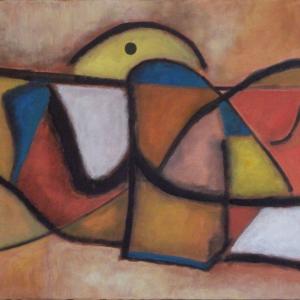
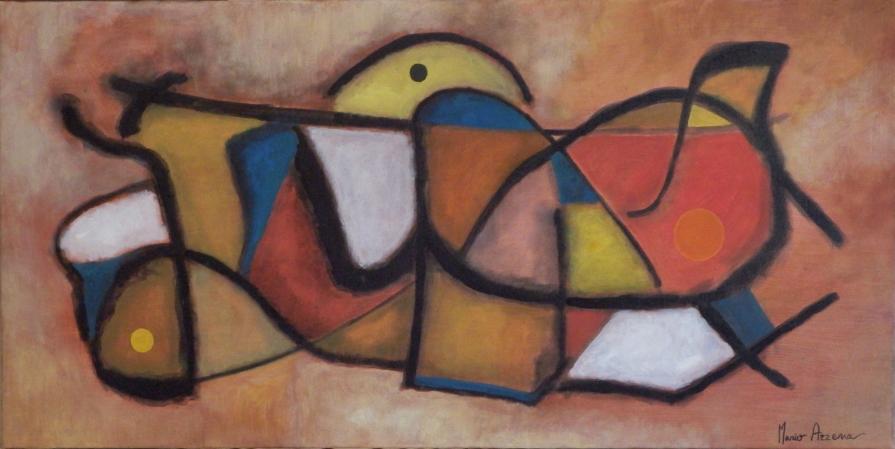
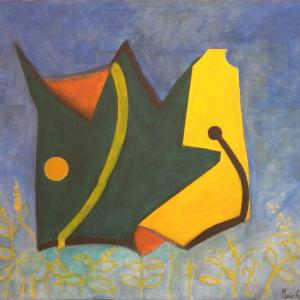
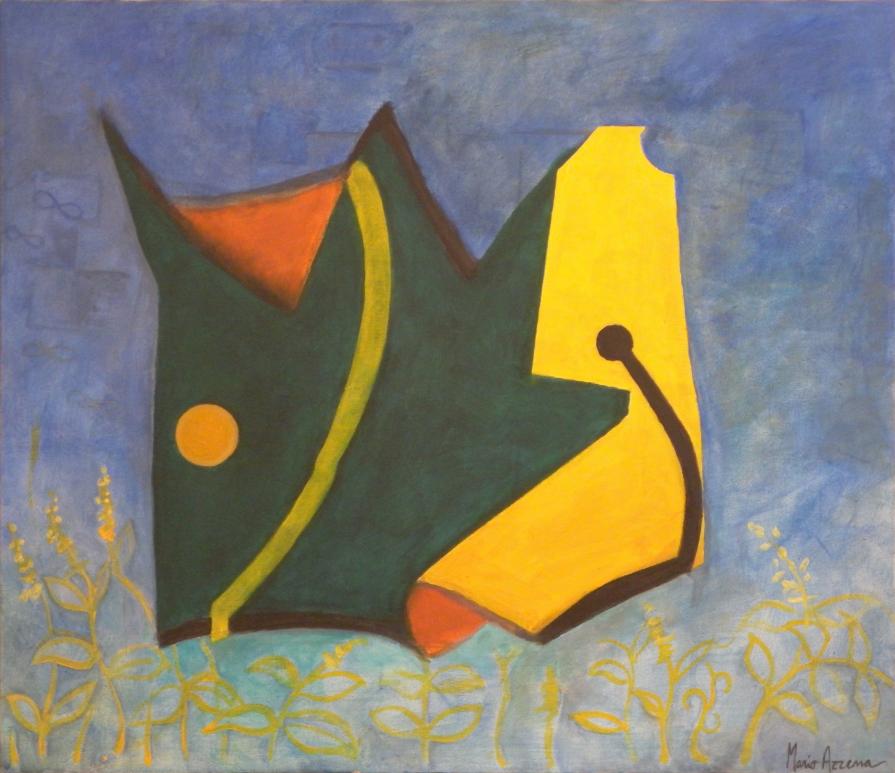
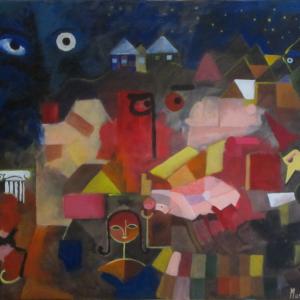
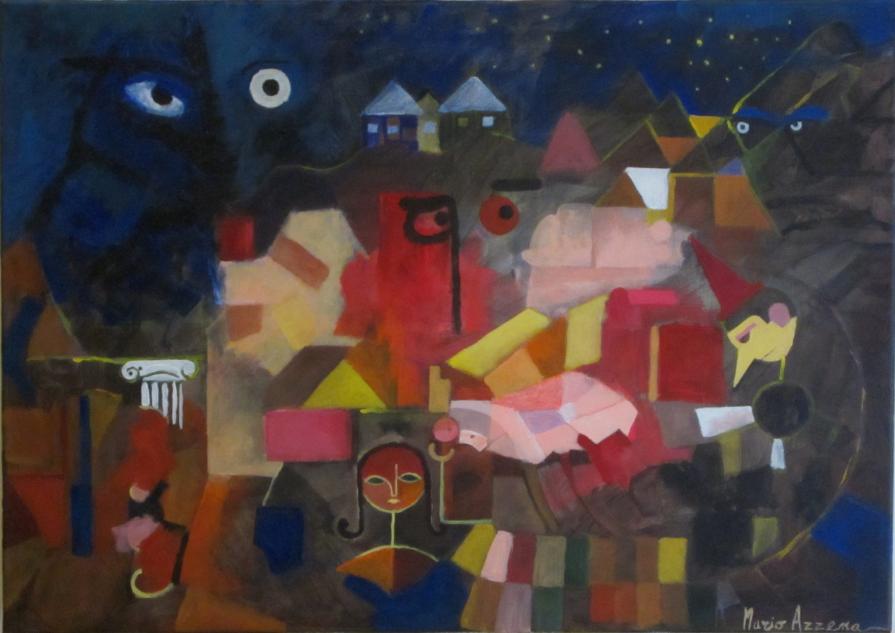
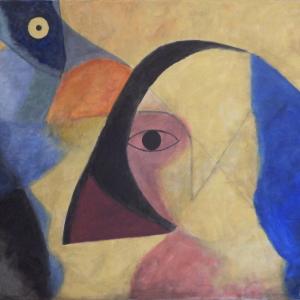
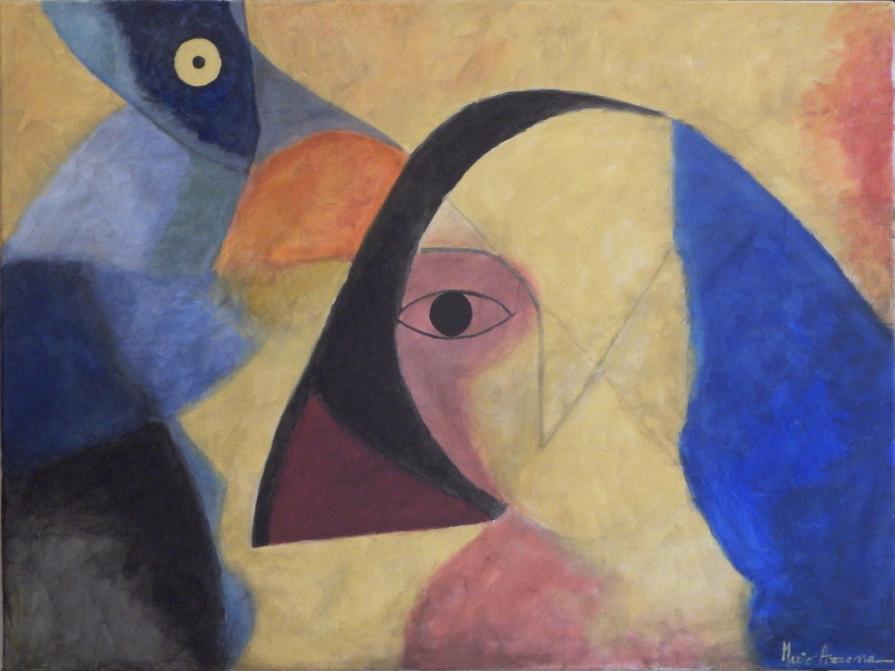
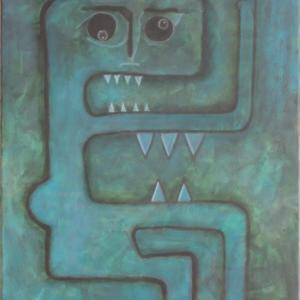
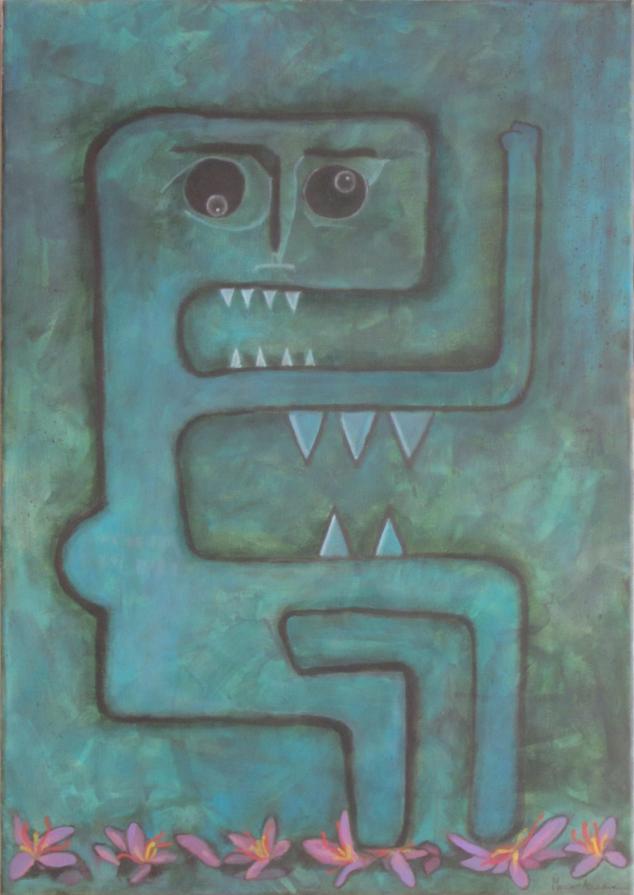
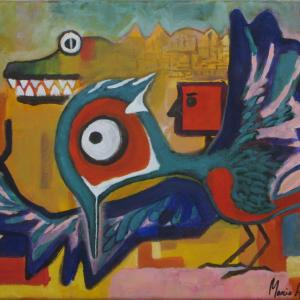
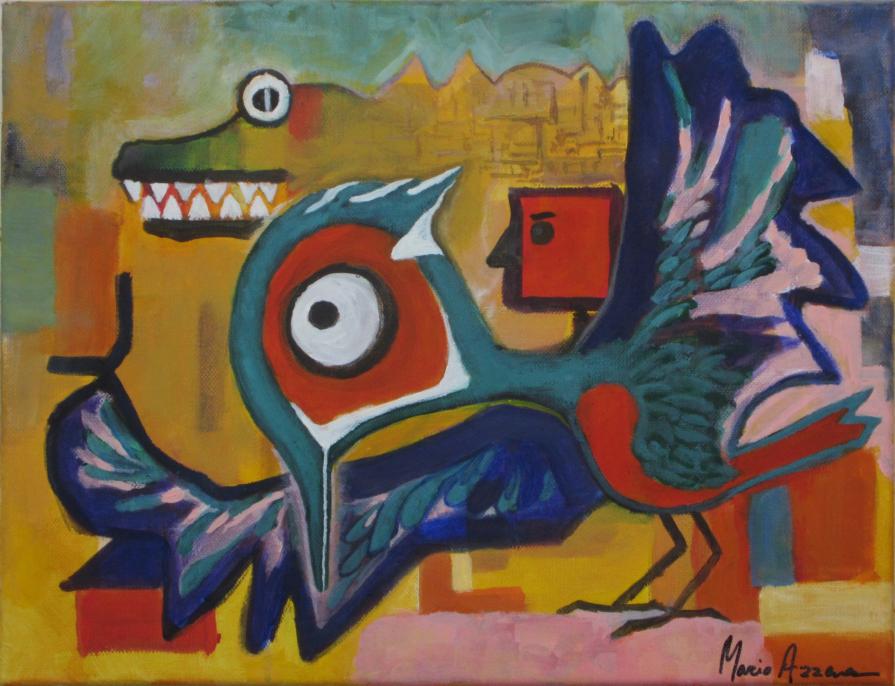


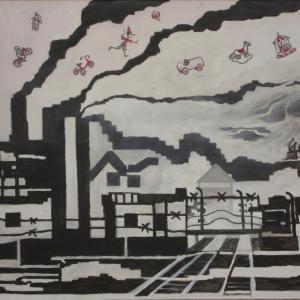
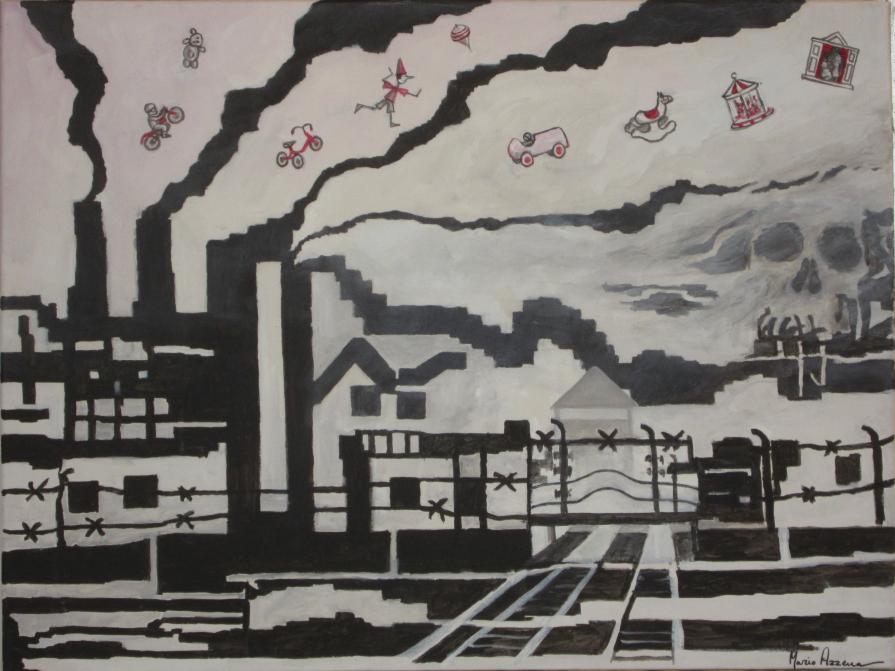
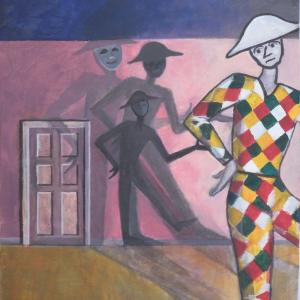
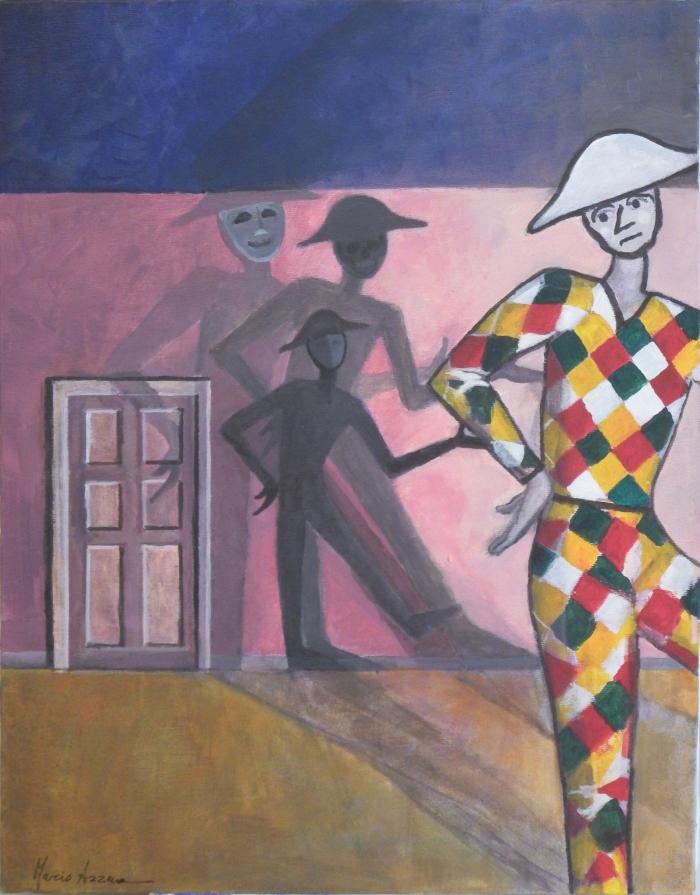



















Comments 1
Say something